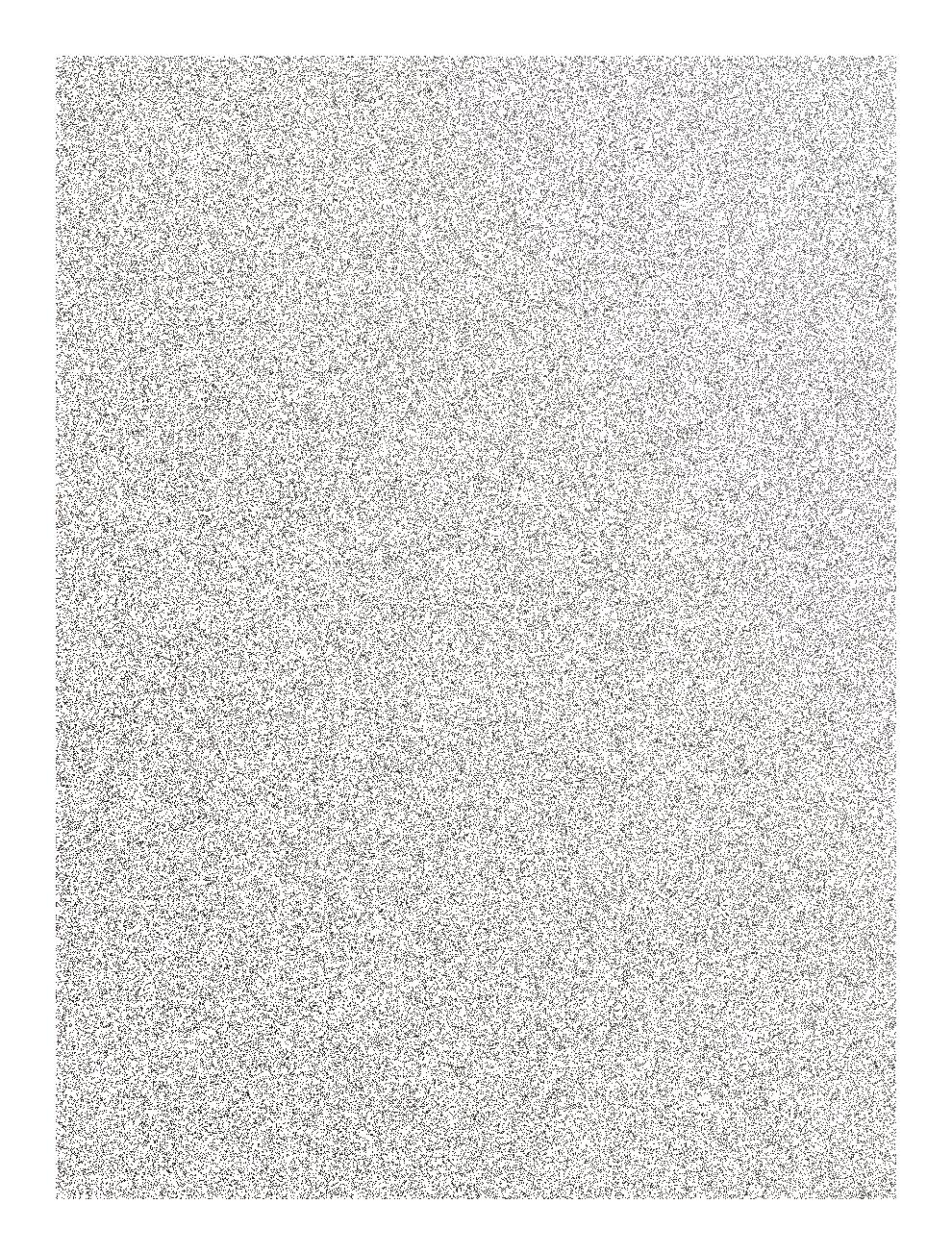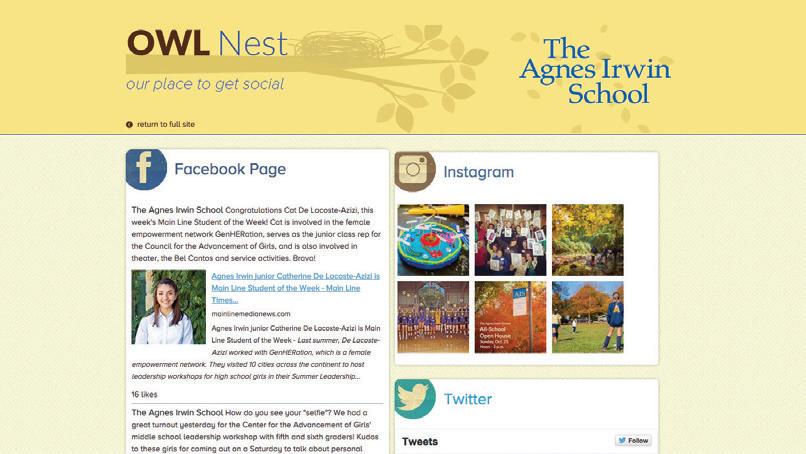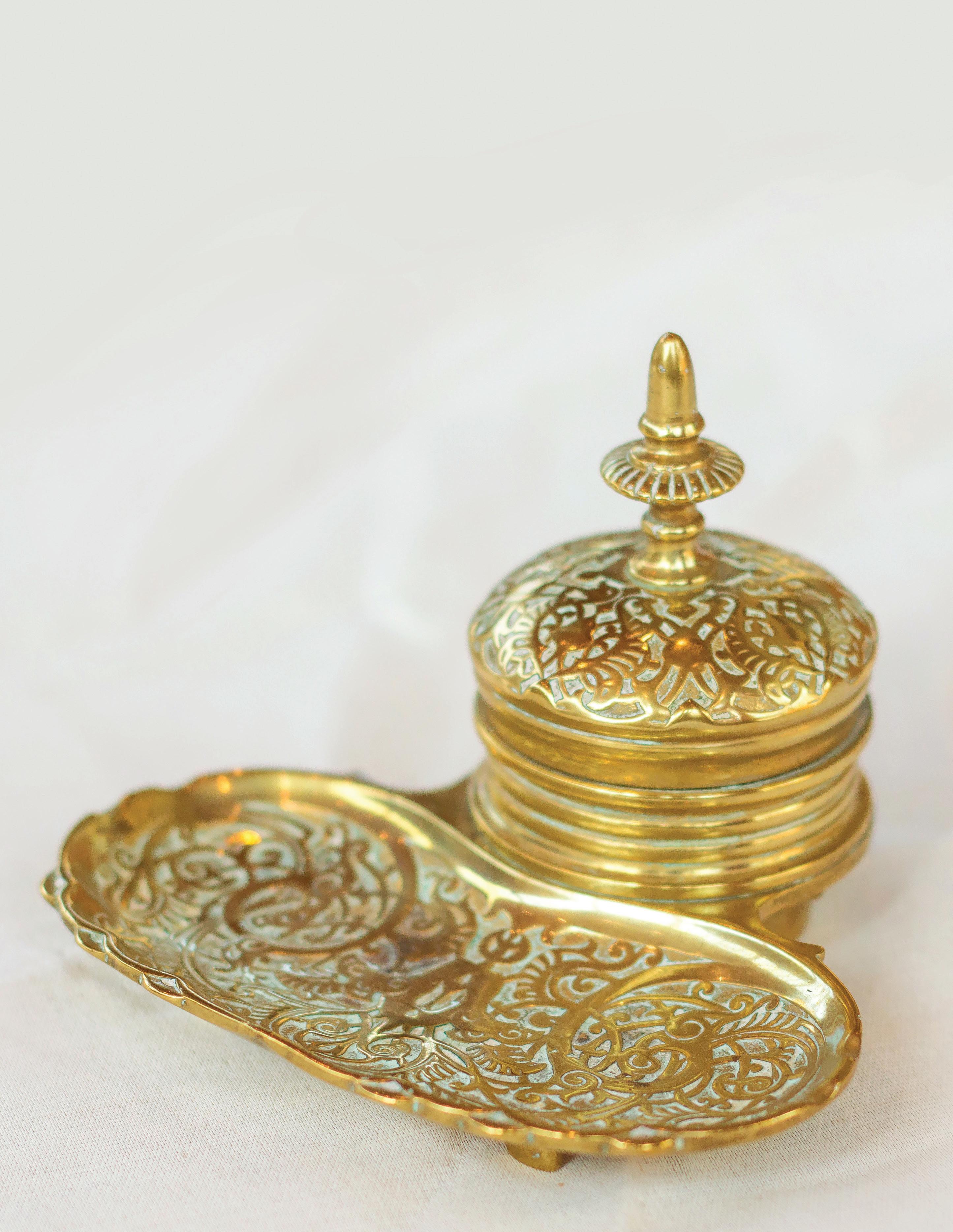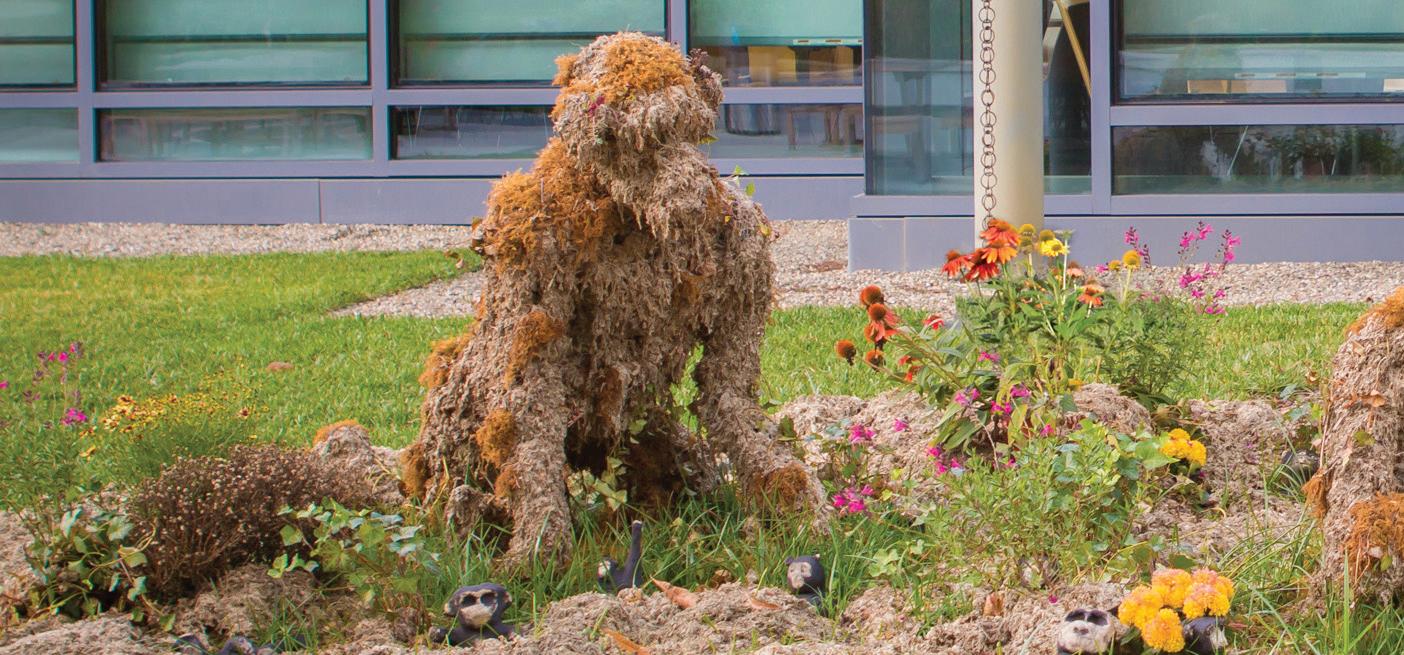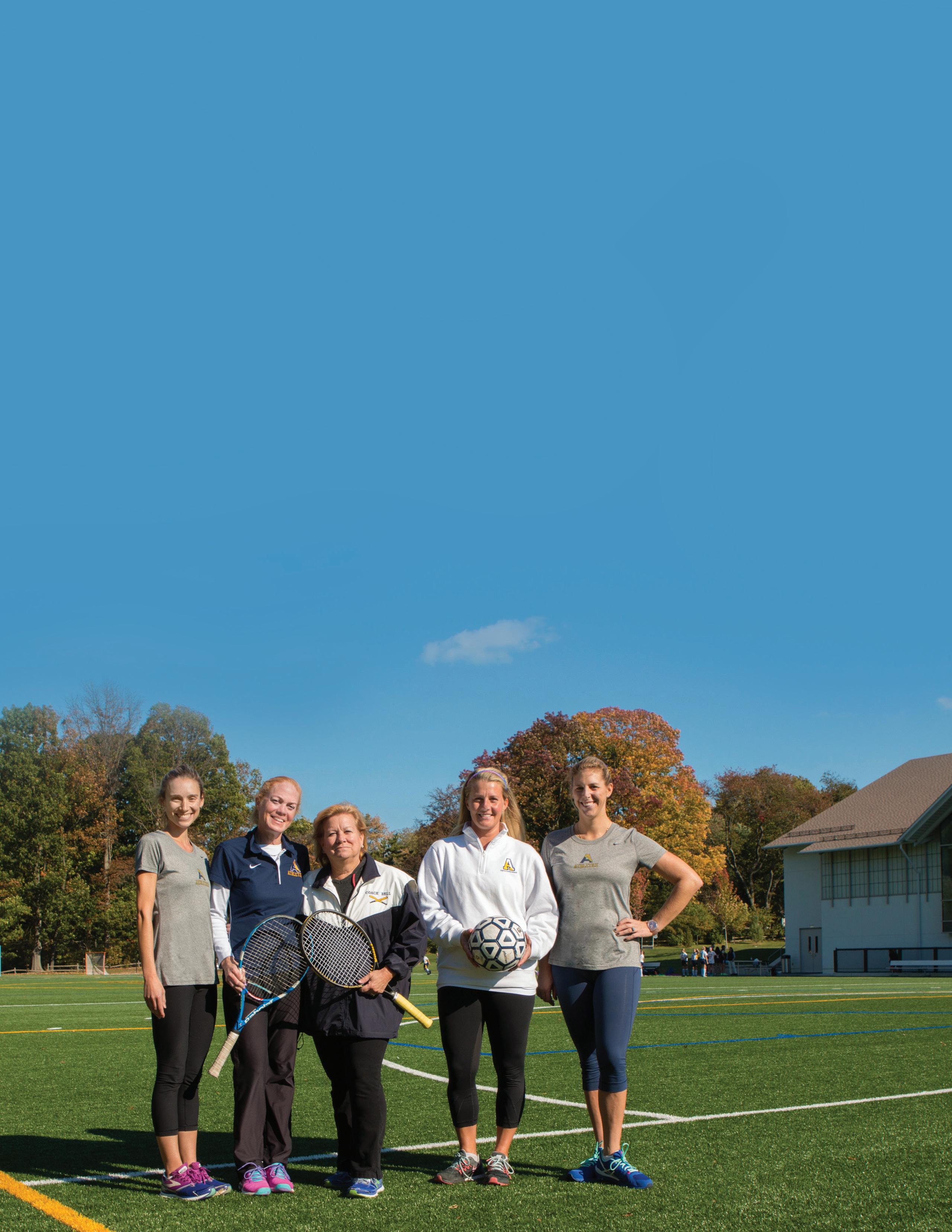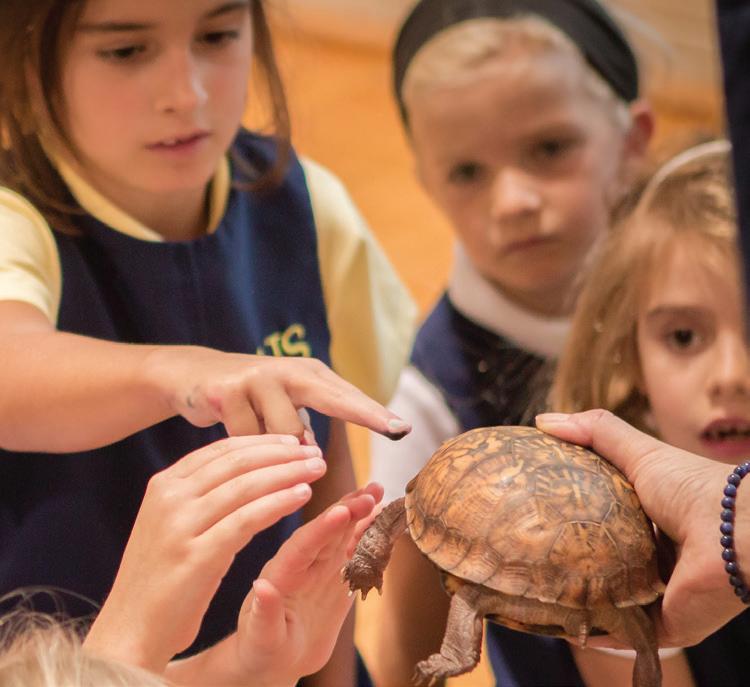
4 minute read
Inquiry l Faculty Focus
Inquiry | Faculty Focus
6Questions with Veronika Paluch and Julie Haines “WE ARE HOPING TO
Advertisement
AS STEWARDS...” Walk into the Lower School science classroom any weekday and you will find students configuring circuit kits to light a model “dream house,” illustrating rock cycles with Starbursts, or observing the animal behaviors of the classroom’s pet rats. Interactive learning is a major focus for both Lower School science teacher Veronika Paluch and fourth grade teacher Julie Haines, who began teaching second grade science this fall. Last school year, Paluch and Haines launched a Lower School robotics club; this year, the pair has teamed up to establish Agnes Irwin’s branch of Roots & Shoots, an initiative of the Jane Goodall Institute. — Amanda Mahnke Q: Tell us about your experience establishing the fourth grade robotics club. P&H: The girls showed a lot of interest in building and engineering projects in science class, and robotics is an extension of these skills. Most of the girls had little to no experience with K’nex, and they really enjoyed designing projects and using motors to add an active component to their vehicles. As part of their first robotics competition, the girls were challenged to create a robot that could move a ping pong ball across a table. Five groups of AIS fourth graders participated, and we loved seeing how each group created its own unique solution for the challenge. The girls learned a lot about robotics and had a great time doing so — and so did we! Q: Why did you decide to collaborate with each other on Roots & Shoots? P&H: We enjoyed working together as robotics advisors and have a shared interested in elementary science. Our teaching styles and philosophies are very similar, particularly in our approach to student-led learning and handson investigations. Agnes Irwin encourages collaboration among students and teachers, and this was an opportunity for us to work together on a topic we are both passionate about: STEM. Q: How will Roots & Shoots impact the Agnes Irwin community? P&H: We started this year with the “learning” part of the service-learning project, with visits from Riverbend Environmental Education Center and a state park ranger who discussed native plants along our stream. Our students will engage in several stream health studies, meet with experts and study watersheds. We are hoping to give the girls an opportunity to see themselves as change-makers and as stewards of environmental responsibility in the Agnes Irwin community and in our community at large. Q: What do you envision for the science curriculum in the Lower School? P&H: We hope to create a program in which the girls learn to formulate questions about what they learn, collect and analyze data from investigations and work collaboratively with their peers — in addition to seeing the science in the world around them. We hope that the girls learn to love science as much as we do. Q: What sparked your interest in teaching science? Paluch: Science runs in my family. My father worked as a biochemist for a pharmaceutical company. I grew up in rural Pennsylvania, with a yard full of fruit trees and gardens. Most of my time was spent outside with my dad, helping to plant seedlings or harvest apples. We also had lots of pets, from a chinchilla to turtles. My parents encouraged experimentation with cooking (like testing the effects of varying the quantities of butter and flour in chocolate chip cookies), took us foraging for mushrooms, and gave us wood scraps and nails for building houses for our guinea pigs. They taught me the science in everyday activities, and I try to take this same approach with my students. Haines: I have loved science since I was a little girl. I particularly loved to experiment and explore. In the summers, just after I graduated from college with a degree in elementary education, I worked for SmithKline Beecham in its Science in the Summer program, traveling and teaching in many different public libraries. A few years later, I received my master’s degree in science education. I have continued to view myself as a scientist who loves to experiment, learn and explore. Q: What is your favorite part of teaching? Paluch: I like that each year is an opportunity to approach material in a new and interesting way. In terms of the Lower School science curriculum, I really enjoy teaching circuitry. There is something so exciting about the girls making a bulb light for the first time. We use what we’ve learned to create several fun projects, like a metal detector, a built-fromscratch flashlight and a device for communicating in Morse code. Haines: My favorite part of teaching has always been watching students learn something new for the first time. You can almost see the “light bulb” go on when you look into their eyes the moment a new lesson begins to make sense. Being a part of that “aha moment” is a privilege.
DYNAMIC DUO
Julie Haines (left) and Veronika Paluch pose with one of two pet rats that live in the Lower School science room. Photo by Joyce Smith

